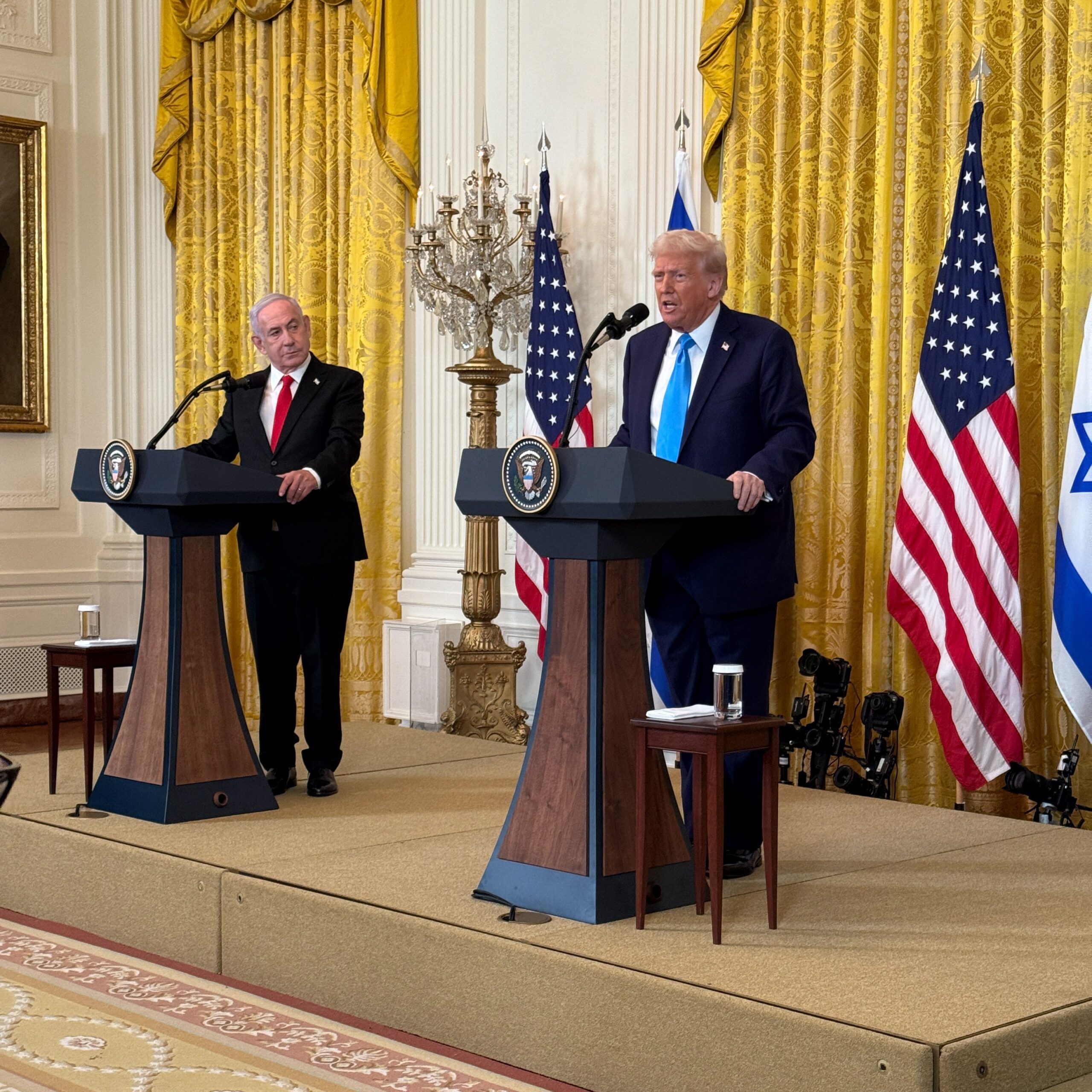President Donald Trump has announced a controversial plan for the United States to take control of the Gaza Strip and spearhead its economic redevelopment.
This marks a complete departure from longstanding US policy on the Israeli-Palestinian conflict.
Speaking alongside Israeli Prime Minister Benjamin Netanyahu at a press conference on Tuesday, Trump outlined his vision for the region, describing Gaza as a “demolition site” that requires reconstruction after months of violent conflict.
“The U.S. will take over the Gaza Strip, and we will do a job with it, too.” –President Donald J. Trump
He proposed relocating Gaza’s population to neighboring countries, a move he said would allow for “thousands of jobs” to be created in the redeveloped area.
“We’re going to develop it, create thousands and thousands of jobs, and it’ll be something that the entire Middle East can be very proud of,” Trump said, describing Gaza’s potential as “The Riviera of the Middle East.”
The Gaza Strip is a narrow territory spanning 41 kilometres (25 miles) in length and 10 kilometres in width, situated between Israel, Egypt, and the Mediterranean Sea.
It is home to nearly 2 million people, the majority of whom are Palestinians living in refugee camps after being displaced from other parts of the region.
Trump’s plan for Gaza
Trump suggested the permanent relocation of Gaza’s more than two million residents to neighboring nations such as Jordan and Egypt, despite repeated rejections from Arab leaders.
Critics have condemned the proposal, calling it a violation of international law and akin to forced displacement.
Sami Abu Zuhri, a senior official with Hamas, rejected the plan outright, warning that such measures would create further instability in the region.
The proposal represents a sharp break from decades of US and international policy, which has long envisioned Gaza as part of a future Palestinian state.
Trump’s comments also raised questions about the legal and logistical challenges of a US takeover, as well as the potential for long-term military involvement in the region.
When asked about the potential for a long-term US occupation of Gaza, Trump said, “I do see a long-term ownership position.”
Netanyahu’s response to Trump’s Gaza plan
While Prime Minister Netanyahu refrained from discussing the plan in detail, he praised Trump’s willingness to challenge conventional approaches.
Netanyahu said, “I think it’s something that could change history.”
He further added, “And I think it’s really worth pursuing this avenue.”
Netanyahu’s visit to the White House coincides with the start of negotiations involving American, Israeli, and Arab representatives on the second phase of a ceasefire plan for Gaza.
The plan has shown potential to bring an end to the devastating 15-month-long conflict.
Trump’s expansionist plans
Trump’s Gaza proposal follows a series of ambitious statements since his return to office, including calls to annex Greenland, seize control of the Panama Canal, and make Canada the 51st US state.
Critics have likened his rhetoric to imperialist policies, warning that it could embolden other nations, such as Russia and China, in their territorial ambitions.
Human rights advocates and international experts have expressed alarm at the implications of Trump’s plan, pointing to the potential for further destabilization in the Middle East.
The announcement adds a layer of complexity to ongoing efforts to solidify a fragile ceasefire in Gaza.
While the first phase of the agreement led to the release of hostages by Hamas and hundreds of Palestinian prisoners by Israel, the long-term future of the territory remains uncertain.
Trump’s Middle East envoy, Steve Witkoff, indicated that talks with Qatar and other mediators were ongoing.
However, Hamas has made it clear that it intends to remain in Gaza, while Netanyahu has vowed to prevent the group from regaining power in the territory.
The post President Trump declares US plans to ‘take over’ Gaza for redevelopment, appeared first on Invezz

